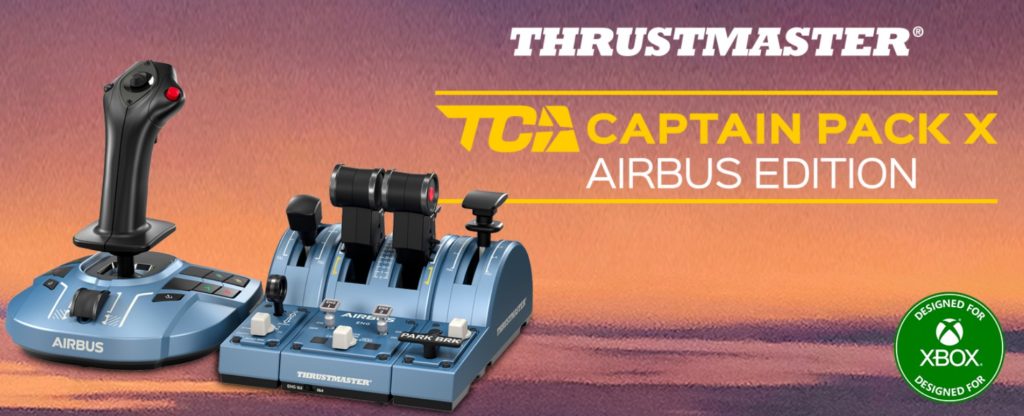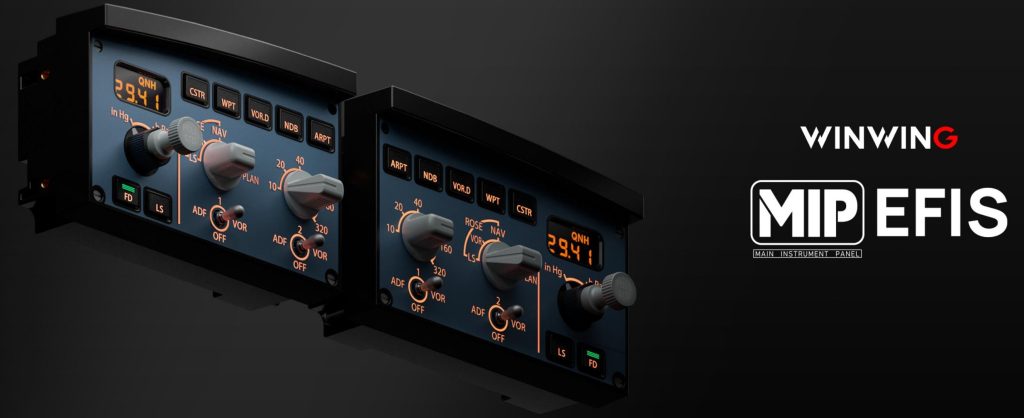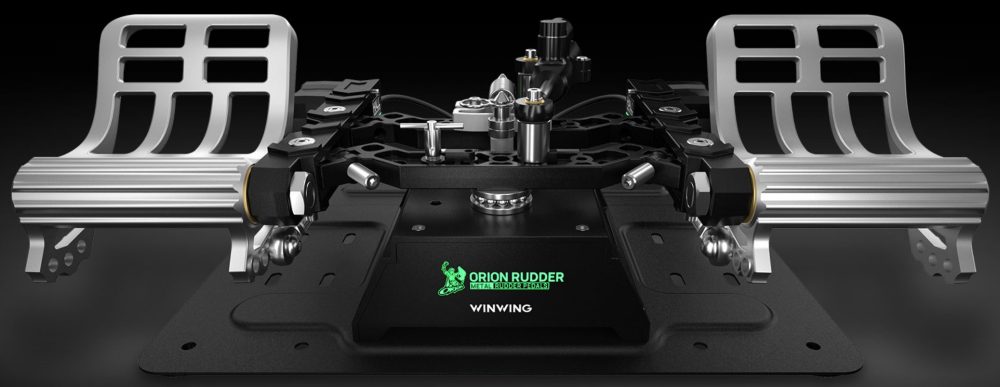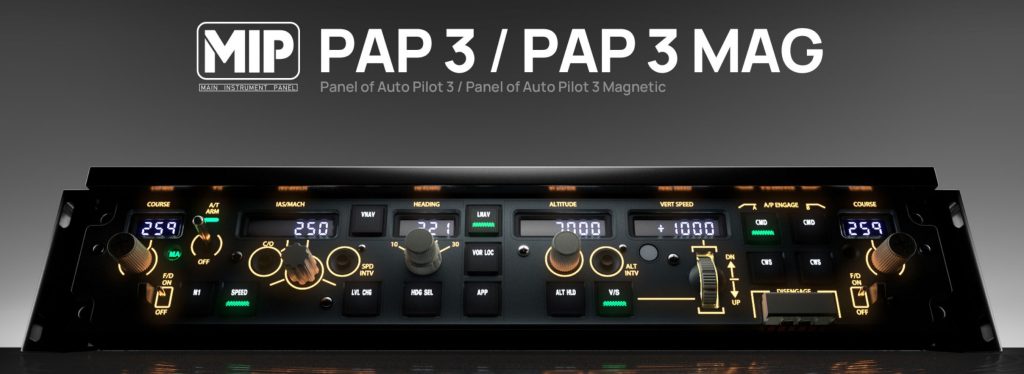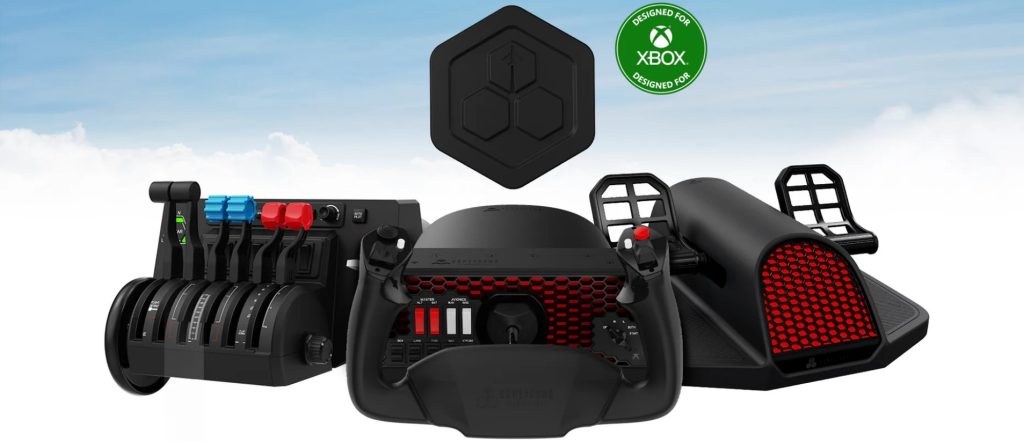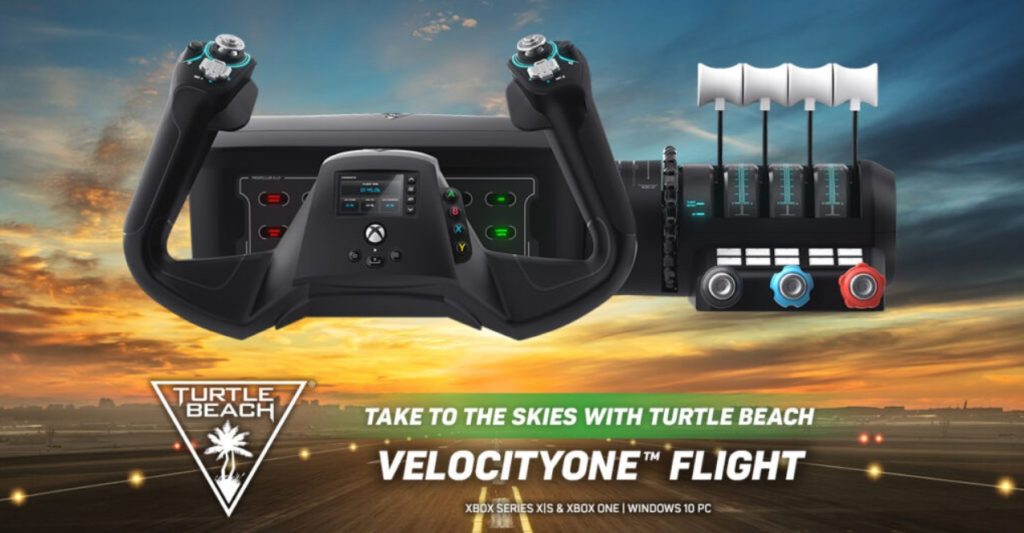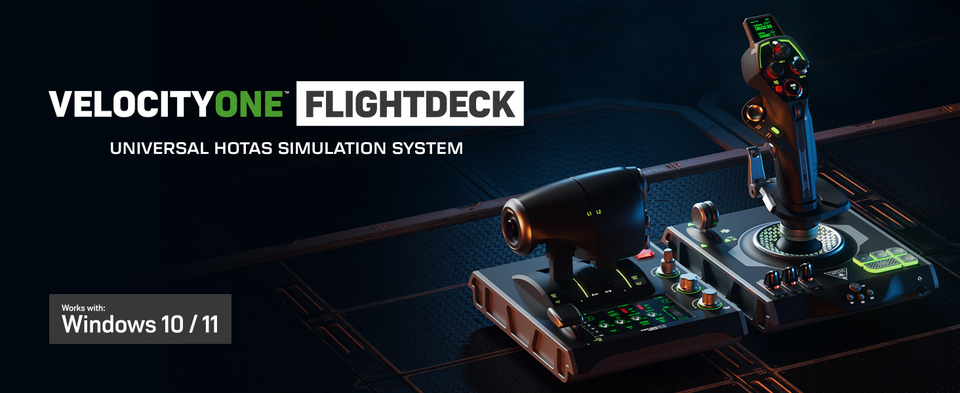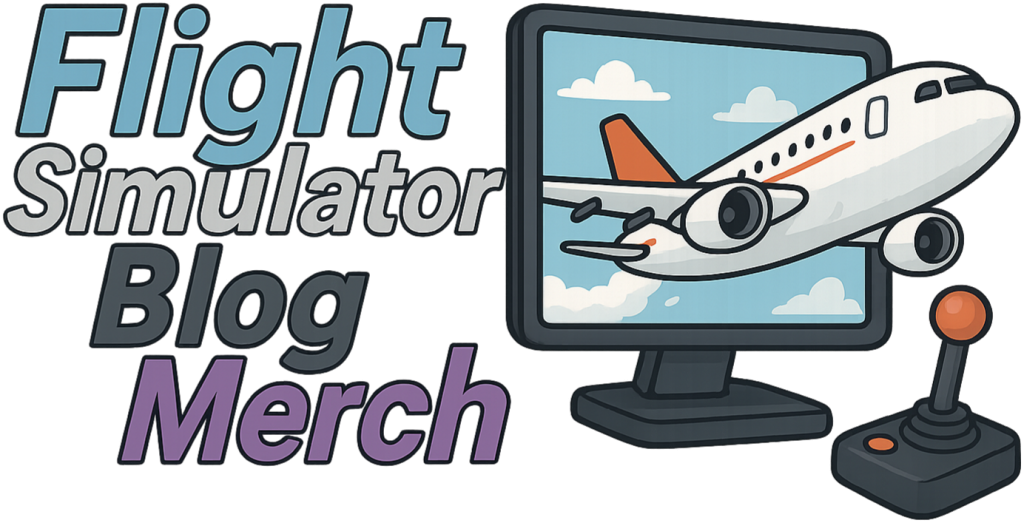Don’t forget to study one of our most-read article, Performance Boost Tricks for MSFS, to make your flying much smoother.
I’ve been a real-world line pilot for a decade, and when I boot a flight sim I’m not looking for pretty clouds alone — I want systems that behave like the ones that wake me at 03:30 for an IFR leg, avionics that won’t lie to me on short final, and a simulator that respects the workflow of a crew: preflight, brief, startup, taxi, the flight, and the paperwork. Microsoft Flight Simulator 2024 (aka MSFS 2024) launched as a jaw-dropping visual and conceptual achievement — a globe you can actually fly — but like any freshly pressed airframe it had teething issues.
Sim Update 3 (aka SU3) is the first meatier set of fixes and QoL changes that actually begins to close the gap between spectacle and operational realism. Below I’ll describe what SU3 changed, the real-pilot implications of those changes, and how the sim now feels on the yoke and in the systems bay. Where I refer to specific fixes or bug patches I’ve cited the official release notes and community/press reports so you can check the details.
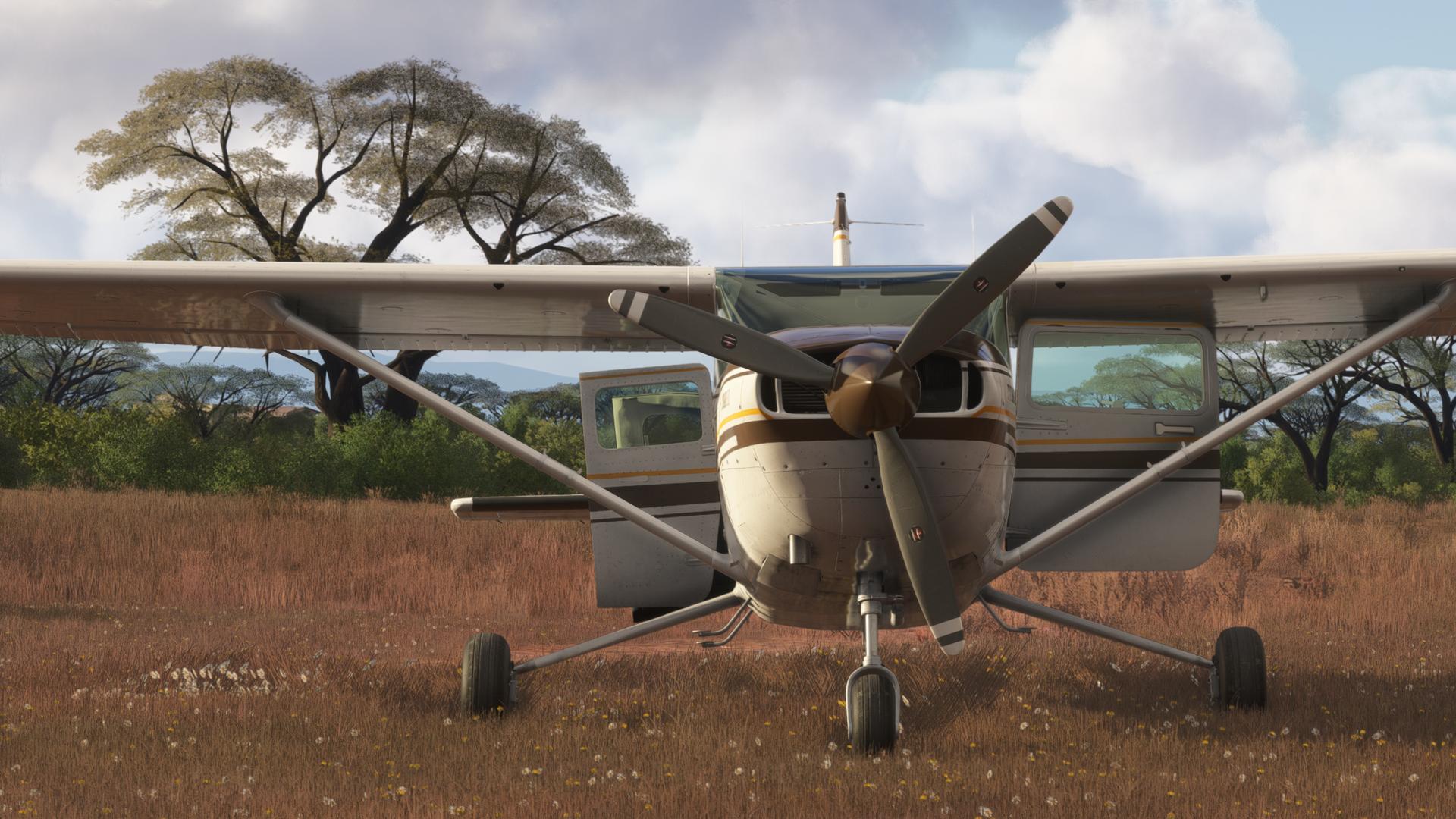
The baseline: what the sim is trying to do
Microsoft Flight Simulator 2024 remains a stunning piece of software: global photogrammetry, live traffic, integrated weather, and a default aircraft suite that tries to cover everything from ultralights to business jets. For a real-world pilot, the strengths are obvious. The visual cues — airport lighting, terrain shading, and runway environments — help practice approaches and crosscheck visual references. The built-in flight planning and ATC keep you in the flow for instrument procedures. But any sim is judged on two axes: fidelity of systems and stability/performance. At launch, the visuals were there; SU3 started to make the systems and stability more trustworthy.
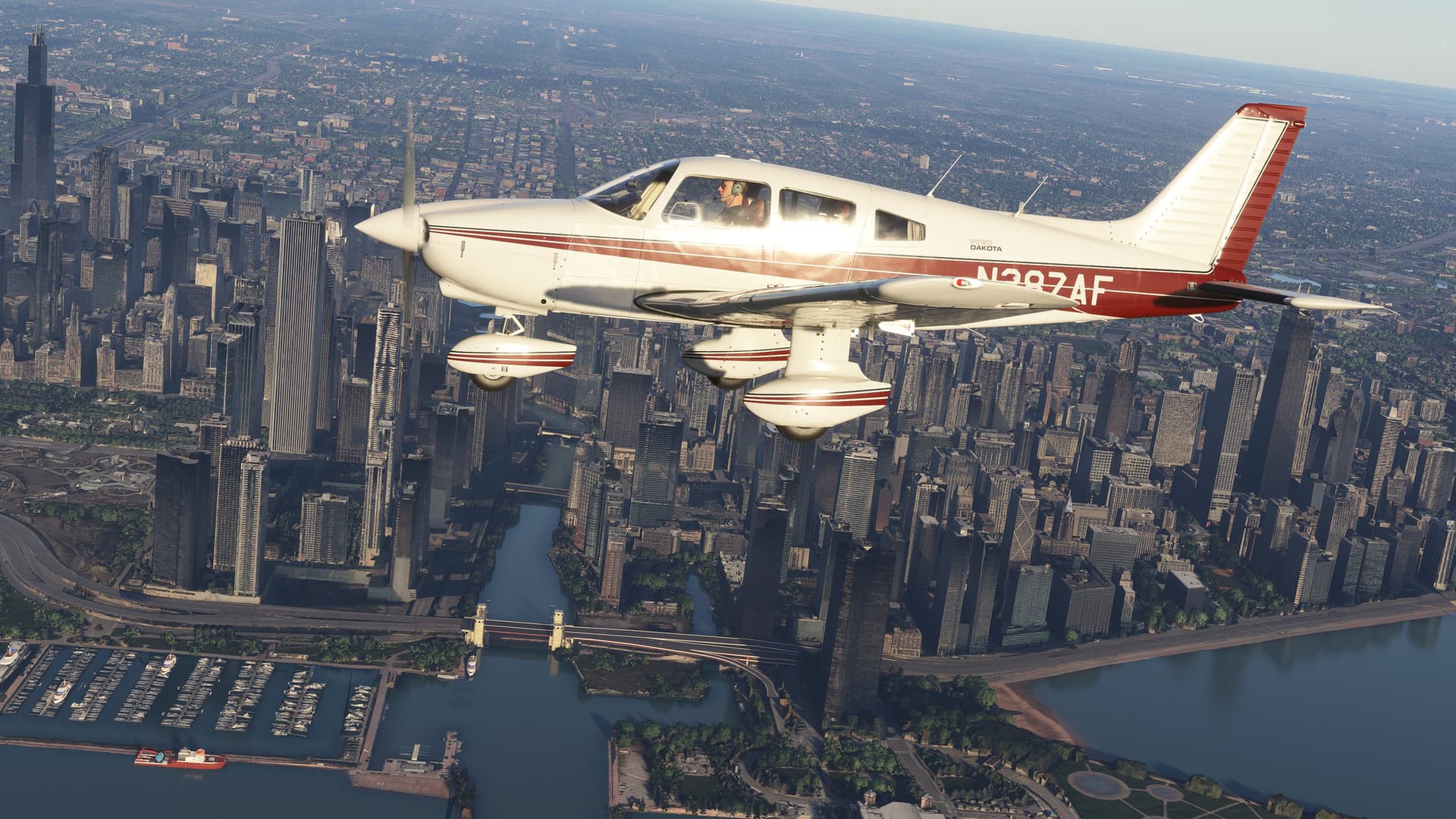
What Sim Update 3 actually delivered
Summarizing the most operationally meaningful additions and fixes introduced in SU3:
- Performance & stability fixes: reductions in crashes caused by duplicated cockpit instances, fixes to long loading times, and measures to avoid airport rendering freezes. Those are the under-the-hood fixes that stop your training flight mid-engine-start.
- Controls menu / input profiling improvements: the Controls menu now caches data and only reloads input profiles when necessary — fewer UI hangs and faster switching between aircraft or profiles. That’s a real quality-of-life win for anyone who swaps from yoke to joystick to throttle quadrants mid-session.
- Aircraft system fixes — notable: PC-12 NGX: SU3 patched some long-running systems bugs for the PC-12 NGX (pressurization system modeling, EPS logic, pressure dump gauge, EFB calculations). If you fly turboprops or use that aircraft for procedural work, this is the update you wanted.
- Marketplace / Library improvements: players can now choose to download packages locally from the Flight Sim Library — better control over add-ons and less dependency on background install behavior. Good for training rigs with constrained bandwidth or locked-down network setups.
- AI / live traffic improvements: better matching of AI models (so parked and inbound/outbound traffic look more realistic), improved taxi-AI braking logic (to avoid nose-in collisions or piling up on taxiways), and adjustments so ground traffic doesn’t get stuck with brakes on.
- Career mode got more polish: filtering of aircraft by specialization, warnings when selecting incompatible aircraft for a mission, disabling “skip cruise” when fuel/damage conditions make that unrealistic. Helps avoid doing missions under conditions no real airline or operator would accept.
Those are the headline items; the release notes list dozens of smaller fixes across avionics, visuals, and third-party aircraft. The important point: SU3 shifts the sim from “pretty but fragile” toward “pretty and useable.”

Stability & UI workflow improvements — small fixes, big impact
A crashed sim is worthless for training. SU3’s stability patches — particularly fixes to duplicated cockpit instances (which could cause crashes and non-responsive toggles), input profile caching, and airport rendering freezes — feel small until you run back-to-back sessions. Two practical examples from my own runs:
- Running a four-hour VFR nav sortie and switching aircraft between legs used to force you to wait while the sim reloaded input maps. After SU3, switching profiles is near instant; you can go from joystick-based bush flying to yoke-based airliner feel without breaking concentration. That’s a real-world analog to, say, swapping crew roles between sectors.
- Large, high-detail airports previously produced rendering stalls at certain LOD transitions — the sim might freeze while assets popped in. SU3’s airport rendering fixes have reduced those stalls in my tests; approaches into mega-airports flow more smoothly and you’re less likely to lose a roll or flap callout when the scenery hiccups. That makes the sim more acceptable for practice of instrument approaches and heavy-traffic flows.
These aren’t glamorous changes, but they’re the kind of reliability improvements pilots value: less fumbling with software, more time flying.
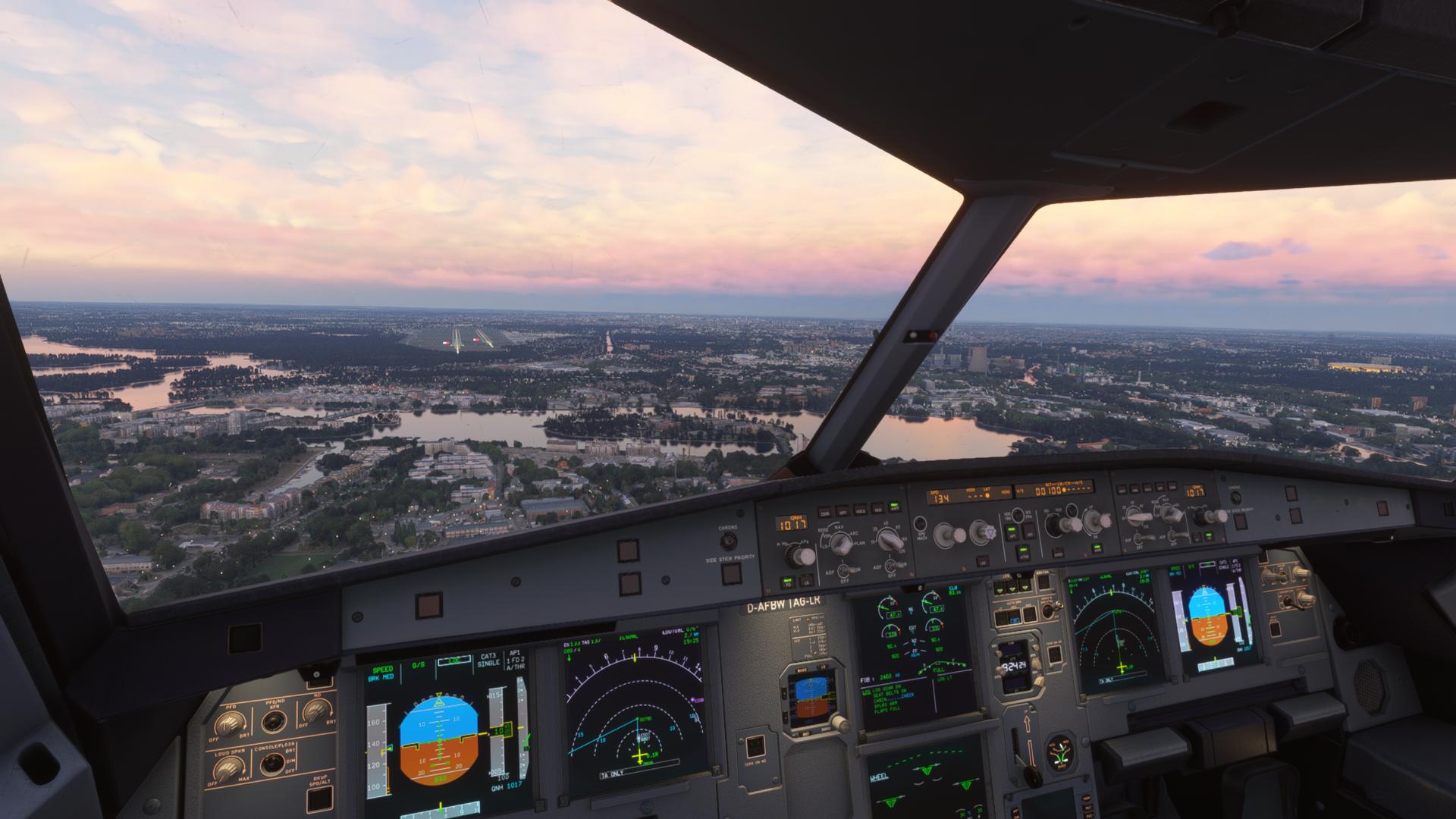
Remaining rough edges (what’s still not perfect)
SU3 is a solid update but not a cure-all. From community threads and my own sessions, a few recurring issues remain:
- Some LOD and vegetation exclusion oddities persist near certain runways (oddly placed trees etc.), which can still surprise you on short final. Community reports suggest this is an AI/vegetation exclusion bug that needs further surgical fixes.
- Performance on lower-end hardware is better but remains challenged in complex scenes: big airports, complex weather + live traffic + high traffic density still stress VRAM and CPU/GPU threads.
- Third-party aircraft behavior is still a mixed bag. While Asobo’s fixes improved the default fleet, many 3rd-party developers rely on SDK hooks and can have divergent behavior until they update. If you use third-party add-ons for training, expect to patch those individually.
- Launch-era infrastructure issues and server strain at release left a sour taste — SU3 tackles many client-side problems but network/service reliability is still a factor for live features (cloud data, multiplayer events). Microsoft has acknowledged those broader launch problems and continues to iterate.
None of these are deal-killers for practice flights, but they are worth noting if you’re building a formal syllabus around the sim.
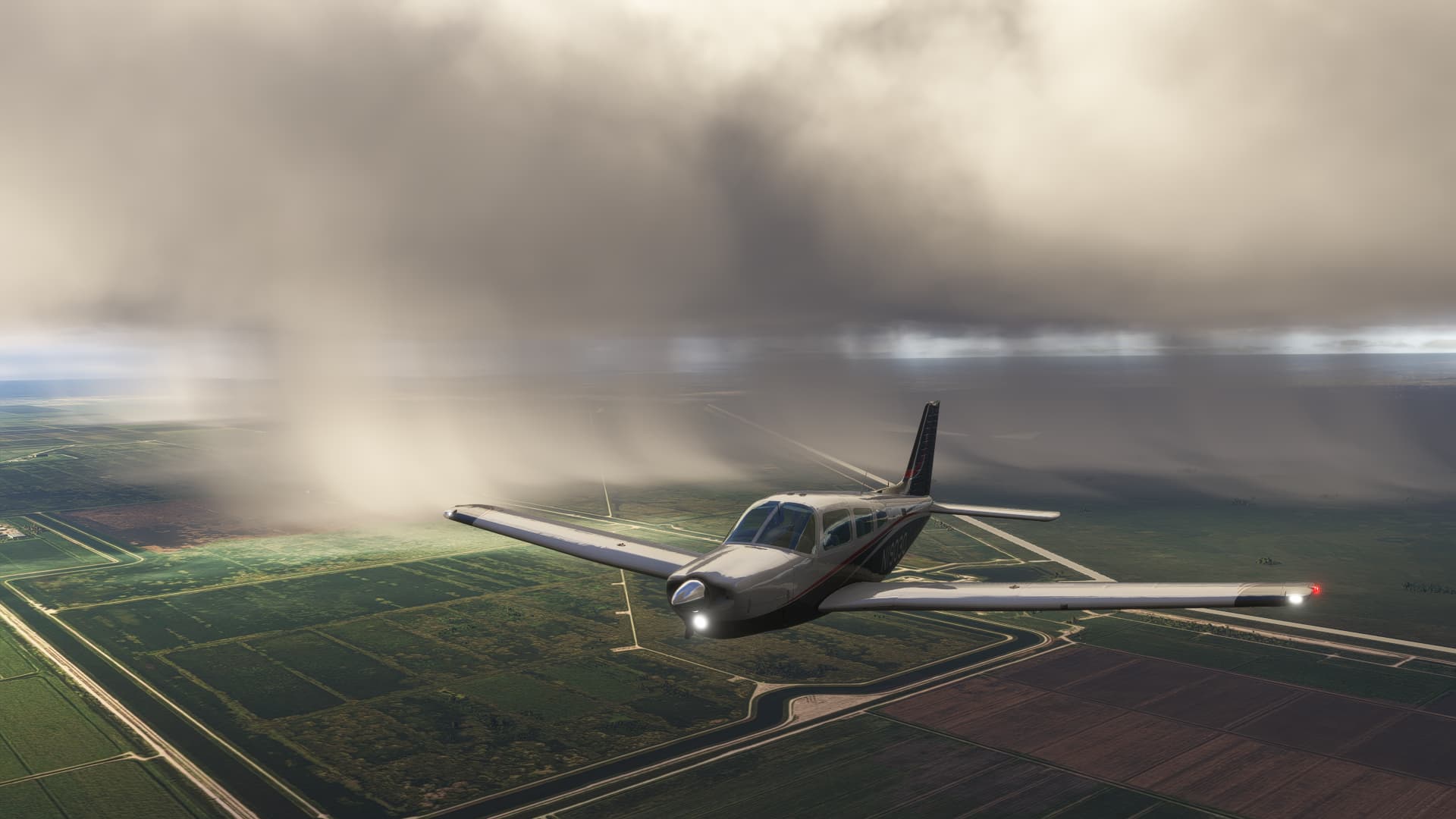
The pilot’s verdict — SU3 changed the base sim in practical ways
If MSFS 2024 at launch was an exquisitely painted airframe with a shaky avionics bay, SU3 is the first maintenance cycle that tightened the avionics rack, replaced a few worn relays, and tuned the flight controls. Concretely:
- More dependable sessions: fewer crashes, fewer UI hangs, and fewer abrupt scenery freezes means longer uninterrupted flights and more training value.
- Improved systems realism for certain aircraft: fixes to the PC-12 NGX and other systems make single-pilot turboprop flows and failure drills more credible.
- Better asset management: the FS Library local download option lets training coordinators manage installs predictably and reduces surprise breakage.
For practicing real procedures — briefings, callouts, FMC usage, and failure drills — these are meaningful changes. In short: SU3 moved the sim from “playable hobby” toward “useful procedural trainer” in the hands of a pilot who knows what to look for.
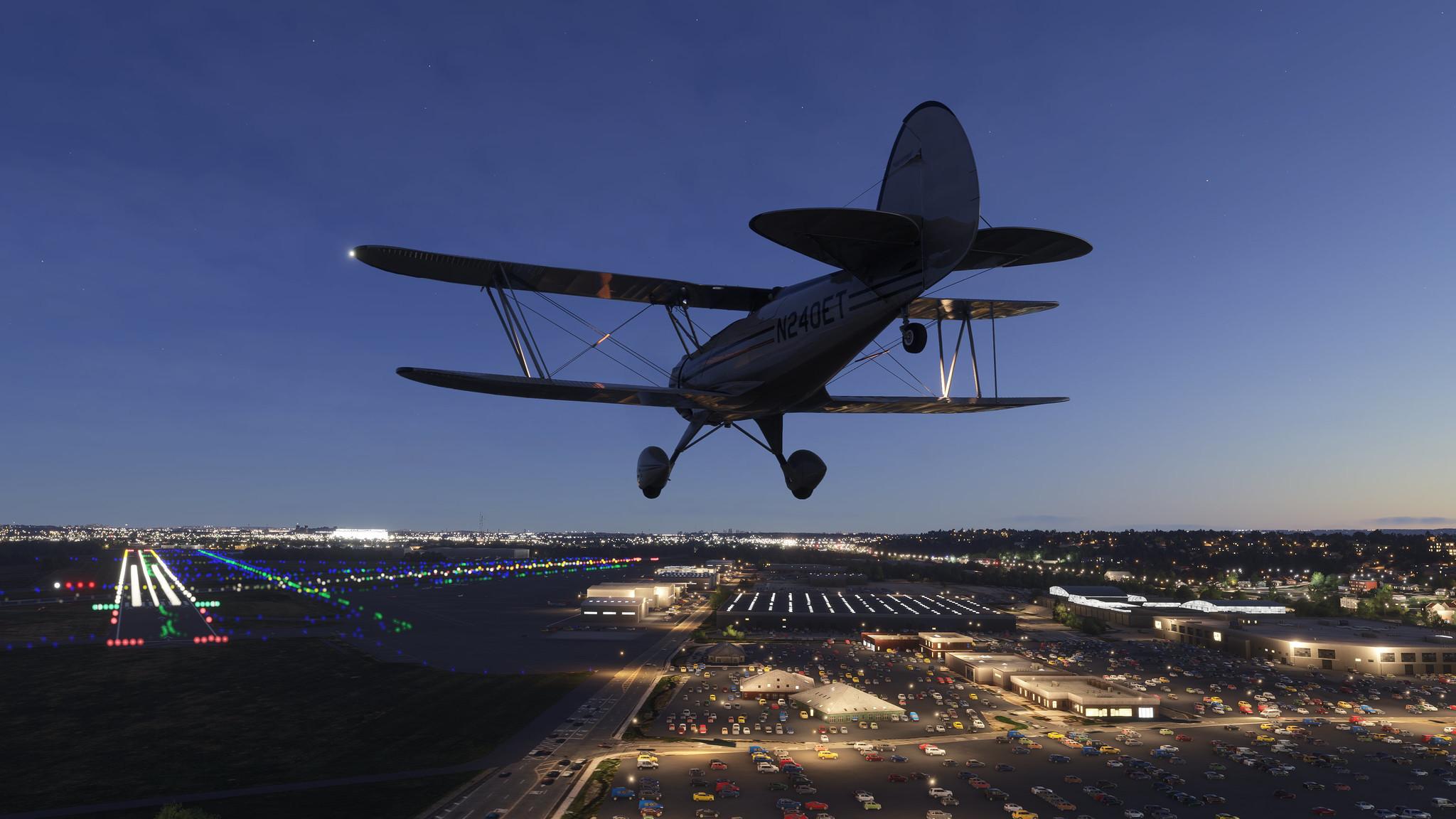
As a real-world pilot, I’ve strapped into everything from C172s to corporate jets. Here’s how I’d grade MSFS 2024:
| Aspect | Grade & Commentary |
|---|---|
| Simulation of Flight Systems | A‑ – SU3 refines realism. Flight models, systems logic, and behavior are reliable and immersive. |
| World Immersion | A – Terrain, weather, lighting and ecosystems now rival reality—VR feel‑real convincing. |
| Career Mode (Concept) | A – Conceptally rich: certifications, wear-and-tear, FIFO missions, company management provide unmatched depth. |
| Career Mode (Execution) | C+ – Bugs, repetitive grind, glitch mishaps dampen immersion. Needs overhaul more than polishing. |
| Performance / Install | B+ – Efficient install and streaming, improved by SU3. Still hardware‑intensive in dense areas. |
| Atmospherics & Aesthetics | A – Clouds, light, wind, turbulence—visual fidelity is sublime. |
| Multiplayer & ATC | B – Multiplayer rock-solid; ATC needs improving. |
| Overall | A‑ – A flight sim of new caliber; living Earth rendered beautifully. But Career Mode remains a work-in-progress. |
Elevate your virtual aviation lifestyle with Flight Simulator Blog Merch — premium apparel and accessories inspired by the virtual skies.
Recommendations for pilots who want to use MSFS 2024 for training
- Keep the sim and your add-ons updated, but manage community content: SU3 warns about outdated community packages impacting performance — for training rigs, separate the community folder and only add vetted packages.
- Use default aircraft for systems work until third-party developers patch: the default fleet is receiving direct fixes; third-party aircraft may lag.
- Run practice sessions that mimic real flows: use the improved stability to do full flows — cold-and-dark starts, single-engine failures, pressurization leaks — and verify the sim’s response against real SOPs. SU3 made those sessions more meaningful.
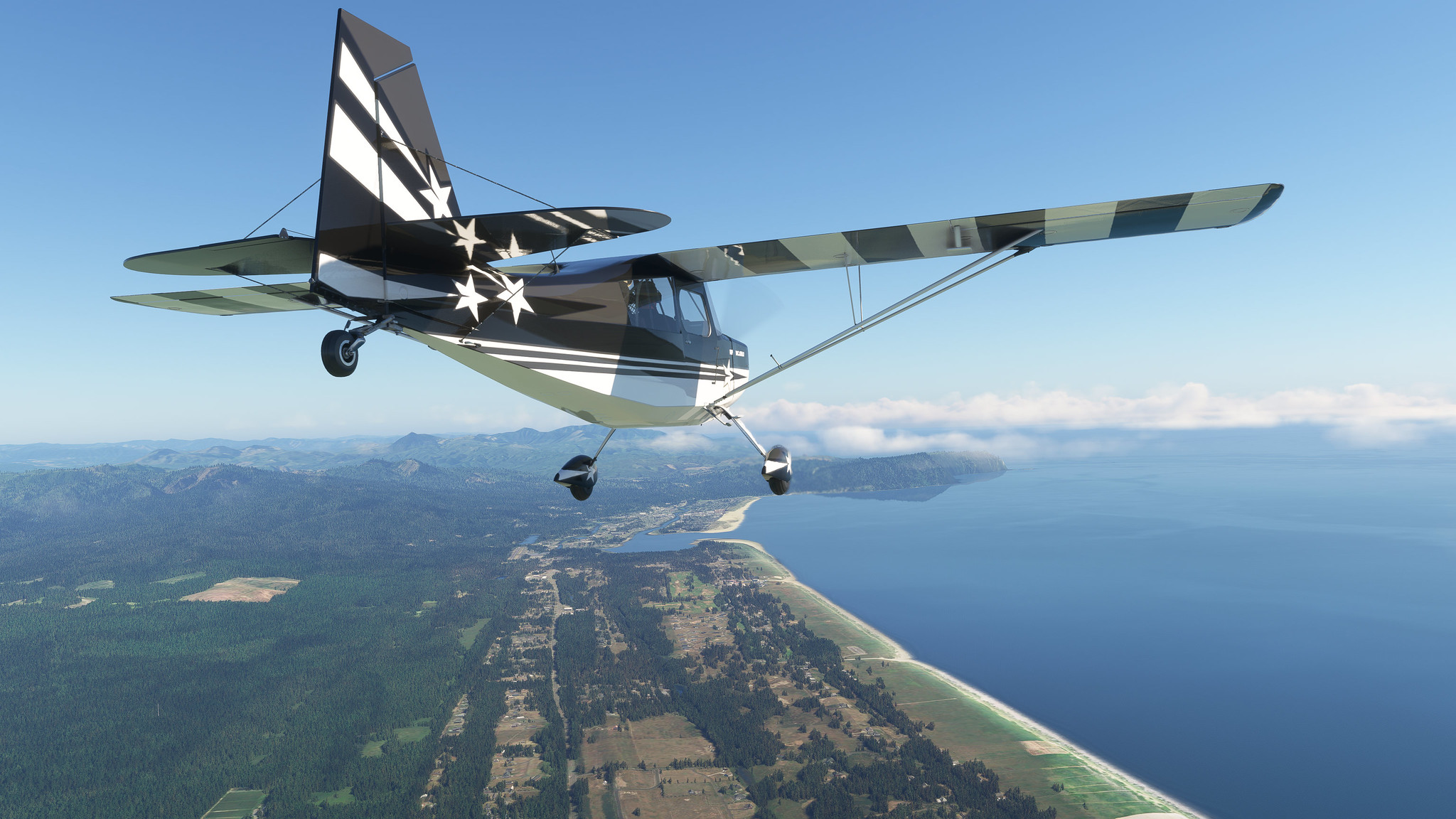
Final thoughts
Software updates don’t earn pilot trust with a single patch; they earn it over cycles of measured, predictable improvements. Sim Update 3 is the sort of update that a real-world pilot notices not because it adds another shiny jet, but because it removes friction: fewer crashes, faster UI, meaningful systems corrections. If you’re a simmer who enjoys the spectacle, SU3 makes the spectacle less fragile. If you’re a pilot who wants to practise flows and system-level failures, SU3 brings that possibility a meaningful step closer.
I’ll keep flying it in the sim-box and carry what works back into the real cockpit: clear flows, disciplined crosschecks, and the humility to treat every update like a maintenance log entry — check the release notes, run a quick functional test, then fly. If MSFS keeps shipping updates like SU3, the gap between simulation and operational training will keep shrinking — and that’s good for everyone who learns better with the yoke in their hands.
And finally, don’t forget to study our Performance Boost Tricks for MSFS to make your flying much smoother.

